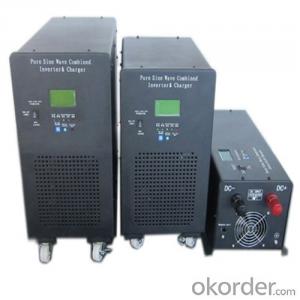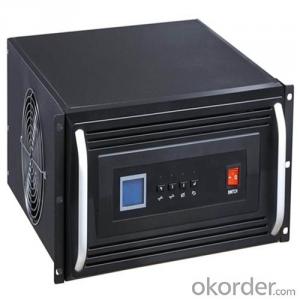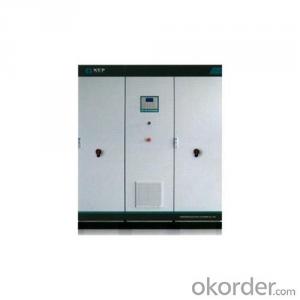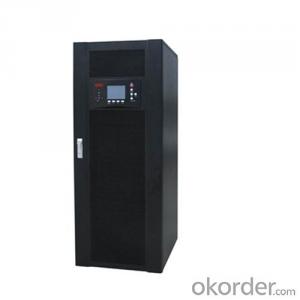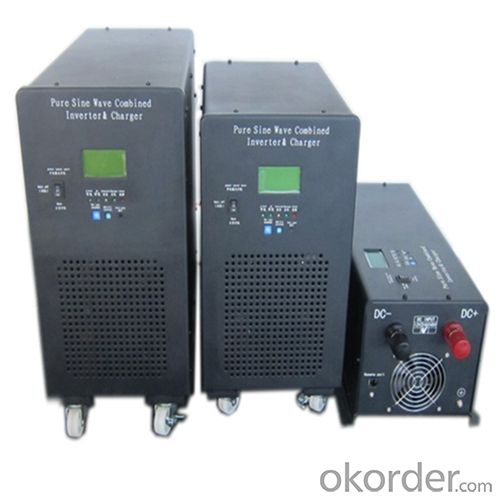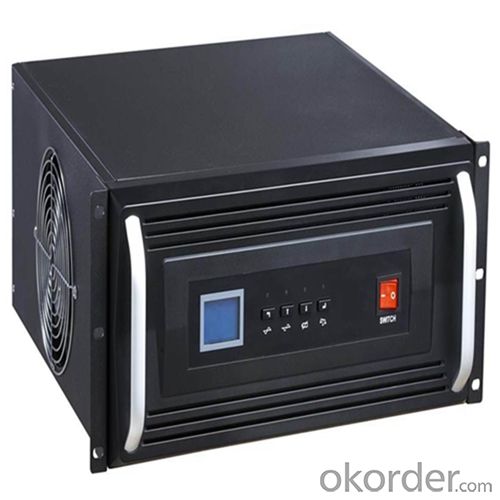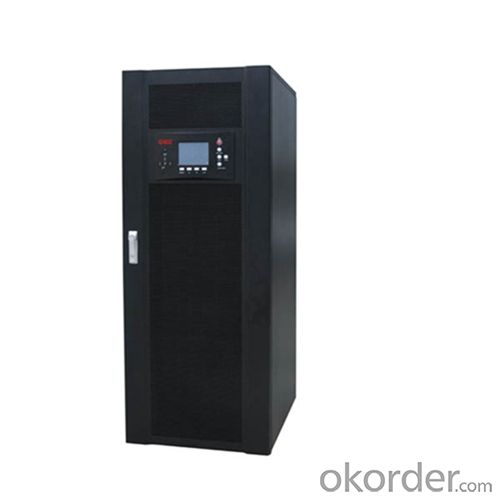Mobile Solar Inverter MPPT Approved Solar Power Inverter
- Loading Port:
- Shanghai
- Payment Terms:
- TT OR LC
- Min Order Qty:
- 6 pc
- Supply Capability:
- 3000 pc/month
OKorder Service Pledge
OKorder Financial Service
You Might Also Like
Performance Characteristics
· 1. Suitable for all electrical equipments
· 2. Large LCD display for more detailed content
· 3. CPU controlled; fast transfer time
· 4. Intelligent battery management, prolonging the service life of the battery
· 5. Complete protection function, high reliability
· 6. Can provide high current charge
· 7. Can match different types of batteries
· 8. Disassembled LCD box which can make the operation in a distance of 15 meters
Product introduction
EP series is sine wave low frequency inverter, which is specifically designed for home appliances. It is equipped with a big LCD screen so all information is displayed in detail, which makes it more convenient to use. Charging current of the inverter is adjustable from 5A to 45A and you can also select different charging voltage to charge different types of batteries so batteries are under great protection.
Our Service
Samples
Samples are Available for Testing and Market Test.
Warranty
We provides warranty against defects in materials and workmanship for its Uninterruptible power supply, Power inverter/chargers including inverter12v 24v 48V, Solar charge controllers (“Product”).
OEM Service
OEM service is strictly based on the ISO9001 ISO14001 quality assurance system. The TOP involves the effective teamwork of departments from Sales, R&D, and Engineering, purchasing, production & QA, assuring a high quality product and prompt delivery for customers. The standardization of our quality system and the quality stability has earned us the trust of our customers for 12 years.
We have 10 sets of automatic insertion equipments, ICT PCB testing equipments, ATE automatic testing center and aging workshop for all products. Monthly output of UPS series exceeds 200,000. We have been offering OEM service for over 12 years.
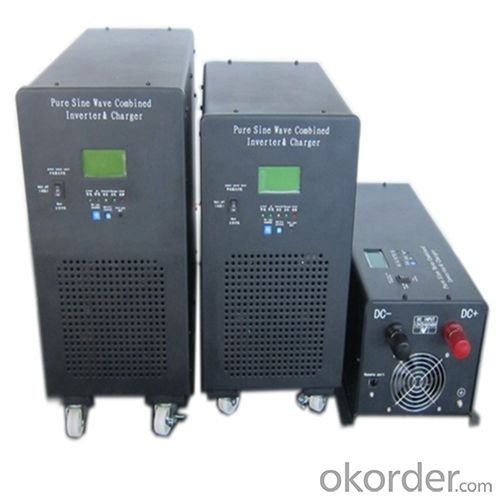
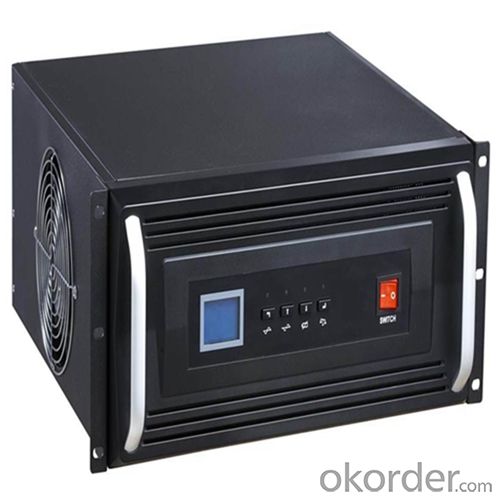
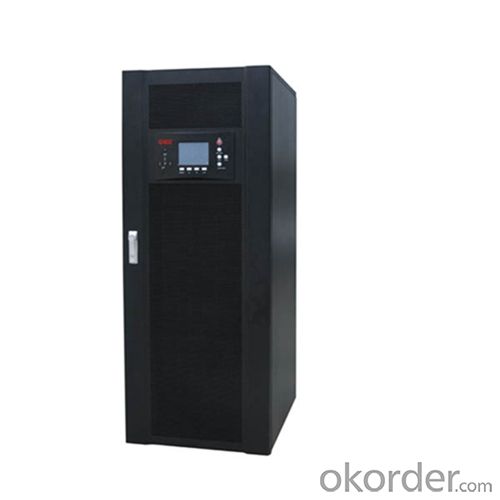
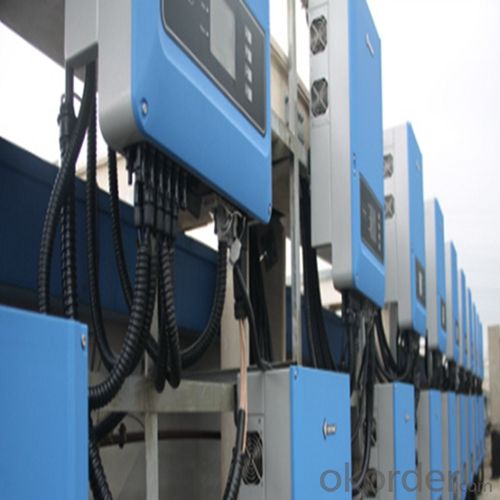

Specifications
Input | |
Input Voltage Range | 182-265VAC |
Output | |
Input Voltage Range | Batt.Mode:50±0.3Hz Mode:48-54Hz(50Hz) or 58-64Hz,Same as AC |
Output Wave Form | Sine Wave (Batt,mode) |
Transfer Time | 10ms(Typical) |
FAQ:
Q: Do you have the CE, TUV, UL Certification?
A: We’ve already passed all the tests, and any certificate is available.
Q: Have you ever sold your products to companies in my country?
A: Of course, we have customers in all general PV markets, but I think we should expand our market share along with the market growth.
Q: When did your company set up? You are a new company, how can I believe your quality?
A: We entered into Solar PV industry in 2005, now we have several plants in manufacturing of a-Si and c-Si panels, and our capacity is 220MW per year. Till now we have already passed all the tests by authorized laboratories, e.g. TUV, CE, UL.
Q: Can you help us install the module if we cooperate with you?
A: We haven’t entered into installation sector, but we have the plan in near future.
Q: How do you pack your products?
A: We have rich experience on how to pack the panels to make sure the safety on shipment when it arrives at the destination.
Q: Can you do OEM for us?
A: Yes, we can.
Q: Can we visit your factory?
A: Surely, I will arrange the trip basing on your business schedule.
- Q: Can a solar inverter be used with different solar panel types?
- Solar inverters are capable of being utilized with various types of solar panels. Their purpose is to convert the direct current generated by solar panels into alternating current, which is suitable for powering household appliances and injecting into the electrical grid. So long as the solar panels produce compatible levels of DC voltage and current, they can be connected to the solar inverter. Various solar panel types, such as monocrystalline, polycrystalline, and thin-film, may possess different electrical characteristics. However, modern solar inverters are typically equipped with advanced electronics that can adapt to these discrepancies. Nevertheless, it is crucial to ensure the solar inverter is appropriately matched with the solar panel specifications in order to achieve optimal performance and efficiency.
- Q: Can a solar inverter be integrated with energy management systems?
- Yes, a solar inverter can be integrated with energy management systems. By connecting a solar inverter to an energy management system, it allows for better monitoring, control, and optimization of the solar power generated. This integration enables efficient management of energy consumption, storage, and distribution, leading to increased energy efficiency and cost savings.
- Q: Can a solar inverter be used in a solar-powered irrigation system?
- Yes, a solar inverter can be used in a solar-powered irrigation system. A solar inverter is responsible for converting the direct current (DC) produced by solar panels into alternating current (AC), which is necessary for powering electrical devices such as pumps and motors in an irrigation system. By connecting the solar panels to a solar inverter, the energy generated by the sun can be efficiently utilized to operate the irrigation system, making it a sustainable and cost-effective solution for agricultural purposes.
- Q: What is the role of a solar inverter in power quality management?
- The role of a solar inverter in power quality management is to convert the direct current (DC) generated by solar panels into alternating current (AC) that can be used to power electrical devices. Additionally, solar inverters play a crucial role in managing and maintaining the quality of power supplied to the grid, ensuring it meets the required voltage and frequency standards. They help in mitigating issues like voltage fluctuations, harmonics, and power factor imbalances, thereby improving the overall power quality and stability of the electrical system.
- Q: What are the key safety features to look for in a solar inverter?
- Some key safety features to look for in a solar inverter include: 1. Overvoltage and overcurrent protection: The inverter should have mechanisms in place to prevent excessive voltage or current levels, ensuring the safety of the system and connected devices. 2. Ground fault protection: This feature detects and protects against faults in the grounding system, reducing the risk of electric shock or damage to the inverter. 3. Temperature monitoring and control: The inverter should have built-in temperature sensors to monitor and regulate its internal temperature. This helps prevent overheating and potential fire hazards. 4. Arc fault detection: Arc faults can occur in electrical systems and pose significant safety risks. An inverter with arc fault detection can identify and mitigate these faults, minimizing the chance of electrical fires. 5. Rapid shutdown capability: In the case of an emergency or maintenance, the inverter should have the ability to rapidly shut down the solar system. This feature helps ensure the safety of installers, firefighters, or anyone working on the system. 6. Compliance with safety standards: Look for inverters that meet relevant safety standards, such as UL 1741, IEC 62109, or other local regulations. These standards ensure that the inverter has undergone rigorous testing and meets specific safety requirements. Overall, a solar inverter with these key safety features can help enhance the safety and reliability of a solar power system.
- Q: How does a solar inverter handle variations in solar panel cleanliness?
- A solar inverter can handle variations in solar panel cleanliness by continuously monitoring the output power and adjusting the operating parameters accordingly. If the panels are dirty, the inverter will detect a decrease in the output power and adjust the voltage and current to maintain optimal performance. However, if the panels are excessively dirty, it can significantly impact the overall energy production and may require manual cleaning to ensure maximum efficiency.
- Q: Can a solar inverter be used in regions with high altitude conditions?
- Yes, a solar inverter can be used in regions with high altitude conditions. However, it is important to consider certain factors such as temperature, air density, and potential voltage fluctuations that can affect the performance of the solar inverter at high altitudes. Specialized inverters or adjustments may be required to ensure optimal functioning in such conditions.
- Q: What is the maximum operating temperature of a solar inverter?
- The maximum operating temperature of a solar inverter can vary depending on the specific model and brand. However, most solar inverters are designed to operate within a temperature range of -20°C to 60°C (-4°F to 140°F). It is important to check the manufacturer's specifications to determine the exact maximum operating temperature for a particular solar inverter.
- Q: Can a solar inverter be used with building-integrated photovoltaics (BIPV)?
- Yes, a solar inverter can be used with building-integrated photovoltaics (BIPV). In fact, a solar inverter is an essential component of any BIPV system as it converts the direct current (DC) generated by the BIPV panels into alternating current (AC) that can be used to power electrical devices in a building or fed back into the grid.
- Q: What is the role of galvanic isolation in a solar inverter?
- The role of galvanic isolation in a solar inverter is to provide electrical safety and prevent potential hazards. It separates the input and output circuits electrically, using transformers or optocouplers, to eliminate any potential voltage differences, ground loops, or electrical noise that could cause damage to the inverter or connected devices. Additionally, galvanic isolation helps to protect against electric shocks and ensures the safety of both the system and individuals working with or around the solar inverter.
Send your message to us
Mobile Solar Inverter MPPT Approved Solar Power Inverter
- Loading Port:
- Shanghai
- Payment Terms:
- TT OR LC
- Min Order Qty:
- 6 pc
- Supply Capability:
- 3000 pc/month
OKorder Service Pledge
OKorder Financial Service
Similar products
Hot products
Hot Searches
Related keywords
